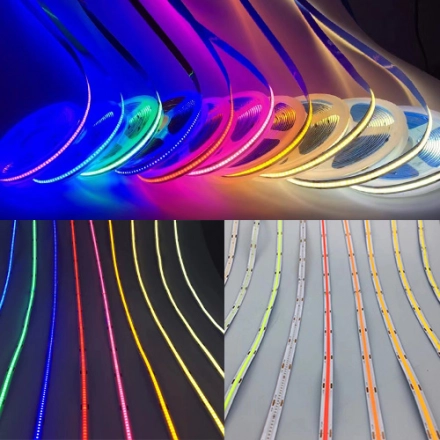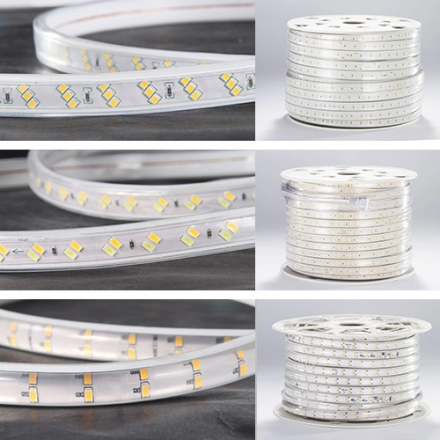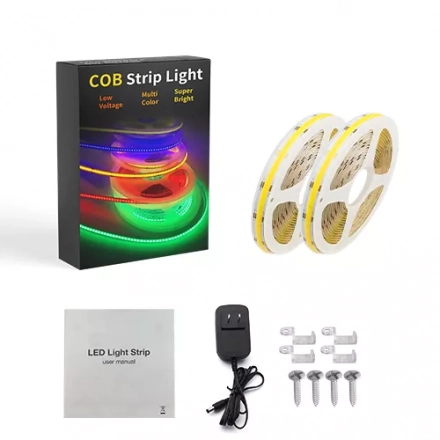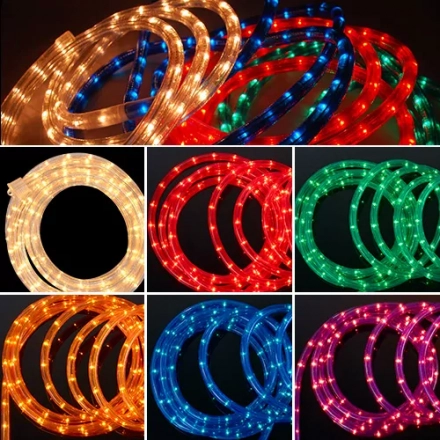Objective Analysis of the Potential of LED Strip Lights in Warehouses: High Ceiling Lighting for General Illumination or Highlighting Specific Areas
LED strip lights have gained significant popularity in various lighting applications due to their versatility and energy efficiency. One area where these lights can potentially make a significant impact is in warehouses, where high ceiling lighting is crucial for both general illumination and highlighting specific areas. In this article, we will objectively analyze the possibilities and benefits of using LED strip lights in warehouses.
LED strip lights are flexible, compact, and capable of producing high-quality light output. Their design allows them to be easily installed along ceilings, walls, or racks, providing uniform and customizable lighting solutions. In the context of warehouses, this flexibility offers immense potential for enhancing the overall lighting environment.
One of the primary advantages of LED strip lights is their energy efficiency. Warehouses often have vast spaces with high ceilings, requiring a significant amount of lighting fixtures to provide adequate illumination. LED strip lights consume less energy compared to traditional lighting options such as fluorescent or metal halide lights, resulting in substantial cost savings in the long run. Additionally, LED technology offers a longer lifespan, reducing maintenance and replacement expenses.
Moreover, LED strip lights provide superior lighting quality. They produce bright, flicker-free light that can effectively illuminate large areas. In warehouses, where visibility is crucial for safety and efficiency, LED strip lights offer a reliable solution. The consistent and uniform illumination they provide helps improve visibility, reducing the risk of accidents and errors in operations.
Furthermore, LED strip lights can be easily controlled and customized to suit specific requirements in warehouses. With the availability of dimming and color-changing options, these lights can adapt to different lighting needs, whether it's for general illumination or highlighting specific areas such as aisles, loading docks, or storage racks. This level of control allows warehouse managers to optimize lighting conditions based on the tasks at hand, enhancing productivity and reducing energy waste.
In terms of installation, LED strip lights offer convenience and flexibility. They can be cut to desired lengths and mounted in various configurations, adapting to the warehouse's layout and design. The ease of installation also means minimal disruption to warehouse operations during the retrofitting process.
In conclusion, LED strip lights present a promising lighting solution for warehouses with high ceiling lighting requirements. Their energy efficiency, superior lighting quality, and customization options make them suitable for both general illumination and highlighting specific areas. By adopting LED strip lights, warehouses can achieve cost savings, improve visibility, enhance safety, and optimize operational efficiency. As the technology continues to advance, it is expected that LED strip lights will play an increasingly significant role in transforming warehouse lighting environments.






